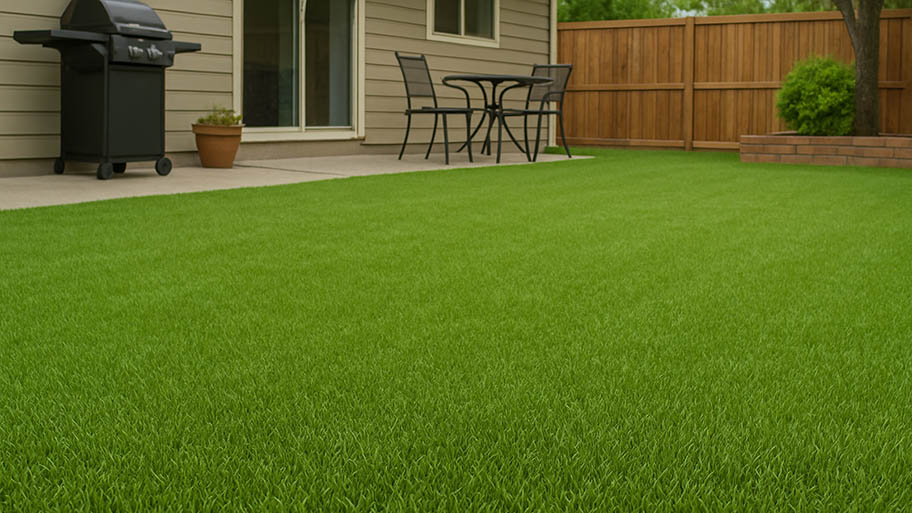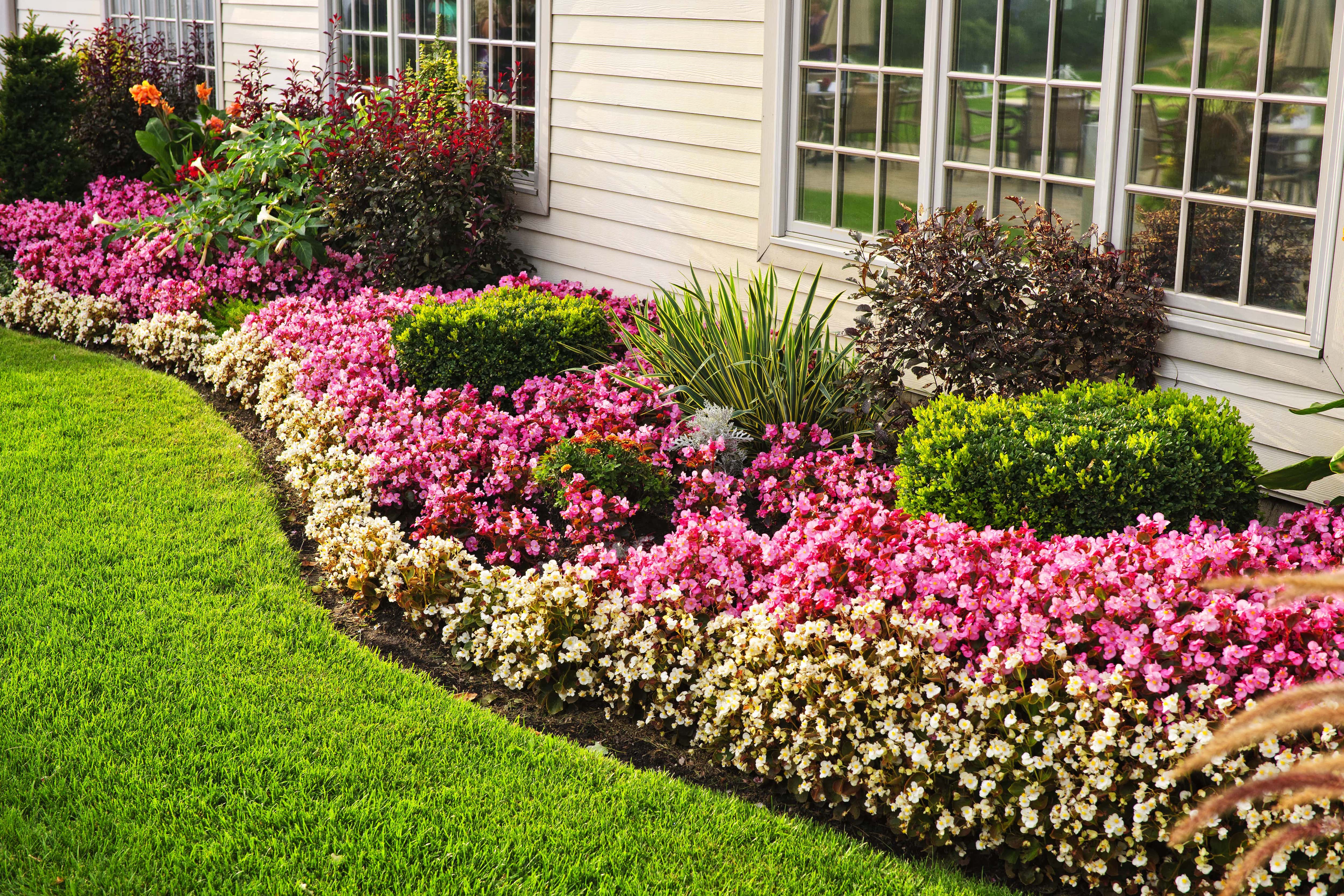
Removing an old lawn is often necessary to plant new grass or build a new outdoor structure. Find out what to budget for your lawn removal cost.
Get your lawn the nutrients it needs—without the elbow grease


Aeration is necessary for good soil structure and nutrient absorption in your lawn.
Three common aeration methods are core aeration, spike aeration, and liquid aeration.
Liquid aeration is considered an easy and user-friendly aeration method.
The effectiveness of liquid aeration depends on your soil type and your lawn’s condition.
If you've ever wondered about the best way to maintain a healthy and lush lawn, you've likely come across the term "aeration." Lawn aeration is a crucial practice for lawn care enthusiasts, and it can make a significant difference in the health and appearance of your grass. That’s why we’re going to dive into the world of lawn aeration and focus specifically on a method that’s gaining popularity—liquid aeration. But does liquid aeration work as well as other, more traditional methods? We’ll walk you through all the details.
Before we dive into the details of liquid aeration, let's first understand the concept of lawn aeration and why it is essential for your grass’s health. Lawn aeration is when you use a tool or specialized liquid to create holes in the soil, allowing air, water, and nutrients to have easier access to the grassroots. The benefits of lawn aeration are numerous, including improved soil structure, enhanced nutrient absorption, and better overall lawn health.
Liquid aeration does work for many lawns; however, whether liquid aeration works better than other methods depends on your lawn's specific needs. Liquid aeration offers simplicity and versatility, making it an attractive option for addressing minor compaction and enhancing water penetration. However, for severe compaction or long-term soil improvement, traditional core aeration remains a more effective choice. The best method ultimately hinges on your lawn's condition, so consider consulting a professional to determine the most suitable approach.
The time it takes for liquid aeration to show results can vary. Generally, you may start noticing improvements within a few weeks to a couple of months. However, it's essential to understand that the rate of improvement depends on factors such as soil condition, weather, and the specific product used. Patience is key in lawn care, so consistent application and proper follow-up care will contribute to better and more enduring results over time.
There are a few different methods of lawn aeration, each with its own set of advantages and disadvantages. Let's explore three of the most common methods.
Core aeration involves the removal of small plugs or cores of soil from the lawn. This method is highly effective for lawns with compacted soil, as it allows better airflow and water absorption. However, it can be a bit invasive and may leave your lawn temporarily looking a bit messy.
Spike aeration, on the other hand, uses spikes or tines to create holes in the soil without removing any cores. While it's less disruptive than core aeration, it may not be as effective in relieving soil compaction.

Now, let's turn our attention to liquid aeration. Liquid aeration involves applying a liquid solution to the lawn, which penetrates the soil and creates channels for air and water to flow through. It's a less invasive method compared to core aeration and spike aeration, making it a popular choice for many lawn-loving DIYers.
Liquid aeration is suitable for various types of lawns, including those with sandy or clay soil. It can also be used as a supplement to traditional aeration methods.
You can usually do liquid aeration yourself since the application process is easy. Liquid aeration typically involves spraying a liquid solution evenly across your lawn using a garden sprayer or specialized equipment.
However, for larger lawns or more significant compaction issues, consider consulting a local lawn aeration company. They will be able to determine if your lawn’s problems can be solved with liquid aeration, and they have access to more powerful equipment to ensure optimal results.
To aerate or not to aerate? Knowing when your lawn needs aeration is crucial. Several signs can indicate that your lawn needs this extra TLC. For example, if you notice water pooling on the surface of the grass after rainfall, a high thatch layer, or areas where the grass seems thin and struggles to grow, these are strong indications of soil compaction.
Additionally, if your lawn sees heavy foot traffic or feels spongy underfoot, it may benefit from aeration. Keeping an eye out for these signs and addressing them promptly with aeration can help rejuvenate your lawn and promote healthier grass growth.
The timing of when to aerate your lawn is crucial for its effectiveness. Generally, it's recommended that you aerate your lawn during the middle of the grass’s growing season. For cool-season grasses, early spring or fall is ideal, while warm-season grasses benefit from aeration in late spring or early summer. Aeration should be performed every one to three years, depending on your lawn's specific needs.
Timing your aeration correctly after considering the grass type and season prevents damage to your grass and ensures that the process maximizes its benefits by promoting better root growth and overall lawn health.
From average costs to expert advice, get all the answers you need to get your job done.

Removing an old lawn is often necessary to plant new grass or build a new outdoor structure. Find out what to budget for your lawn removal cost.

Your total lawn care cost depends on several factors, including the type of service and lawn size. Our guide will cover what you can expect to pay for lawn care.

Artificial grass is a low-maintenance alternative to traditional turf. Learn how much artificial grass installation costs and what affects your price.

Of all the increasingly popular grass alternatives, clover is edging out the competition. Get to know the top clover lawn pros and cons and whether this option is right for you.

Discover the average flowerbed installation cost, key price factors, and tips to save on your landscaping project for accurate planning.

When it comes to weighing the pros and cons of sod vs. seed, there’s a lot to consider. See how they stack up and which is the best choice for your yard.